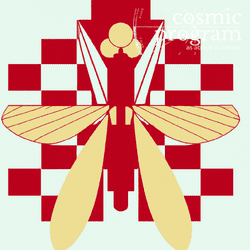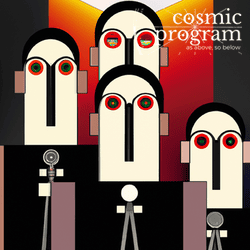
Photo Attribution: Nobel foundation, Public domain, via Wikimedia Commons
Marie Curie
This example has been viewed 914x times
Summary
Rodden Rating
Analysis for Marie Curie
Biography
Marie Salomea Skłodowska–Curie (/ˈkjʊəri/ KURE-ee,[4] French pronunciation: <200b>[maʁi kyʁi], Polish pronunciation: [ˈmarja skwɔˈdɔfska kʲiˈri]; born Maria Salomea Skłodowska, Polish: [ˈmarja salɔˈmɛa skwɔˈdɔfska]; 7 November 1867 – 4 July 1934) was a Polish and naturalized-French physicist and chemist who conducted pioneering research on radioactivity. She was the first woman to win a Nobel Prize, the first person and the only woman to win a Nobel Prize twice, and the only person to win a Nobel Prize in two scientific fields. Her husband, Pierre Curie, was a co-winner on her first Nobel Prize, making th em the first ever married couple to win the Nobel Prize and launching the Curie family legacy of five Nobel Prizes. She was, in 1906, the first woman to become a professor at the University of Paris.[5]
She was born in Warsaw, in what was then the Kingdom of Poland, part of the Russian Empire. She studied at Warsaw's clandestine Flying University and began her practical scientific training in Warsaw. In 1891, aged 24, she followed her elder sister Bronisława to study in Paris, where she earned her higher degrees and conducted her subsequent scientific work. In 1895 she married the French physicist Pierre Curie, and she shared the 1903 Nobel Prize in Physics with him and with the physicist Henri Becquerel for their pioneering work developing the theory of "radioactivity"—a term she coined.[6][7] In 1906 P ierre Curie died in a Paris street accident. Marie won the 1911 Nobel Prize in Chemistry for her discovery of the elements polonium and radium, using techniques she invented for isolating radioactive isotopes.
Under her direction, the world's first studies were conducted into the treatment of neoplasms by the use of radioactive isotopes. In 1920 she founded the Curie Institute in Paris, and in 1932 the Curie Institute in Warsaw; both remain major centres of medical research. During World War I she developed mobile radiography units to provide X-ray services to field hospitals.
While a French citizen, Marie Skłodowska Curie, who used both surnames,[8][9] never lost her sense of Polish identity. She taught her daughters the Polish language and took them on visits to Poland.[10] She named the first chemical element she discovered polonium, after her native country.[a]
Marie Curie died in 1934, aged 66, at the Sancellemoz sanatorium in Passy (Haute-Savoie), France, of aplastic anemia from exposure to radiation in the course of her scientific research and in the course of her radiological work at field hospitals during World War I.[12] In addition to her Nobel Prizes, she has received numerous other honours and tributes; in 1995 she became the first woman to be entombed on her own merits in the Paris Panthéon,[13] and Poland declared 2011 the Year of Marie Curie during the International Year of Chemistry. She is the subject of numerous biographical works, where she is also known as Madame Curie.
Source: https://en.wikipedia.org/wiki/Marie_Curie
Raw Data
Horoscope Data
Comments
Natal Data
1867-11-07 12:00:00 LMT
52° 13′ 46.8″ N 21° 0′ 44.0″ E
Marszałkowska 100a, 00-026 Warszawa, Poland
